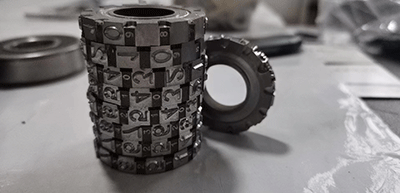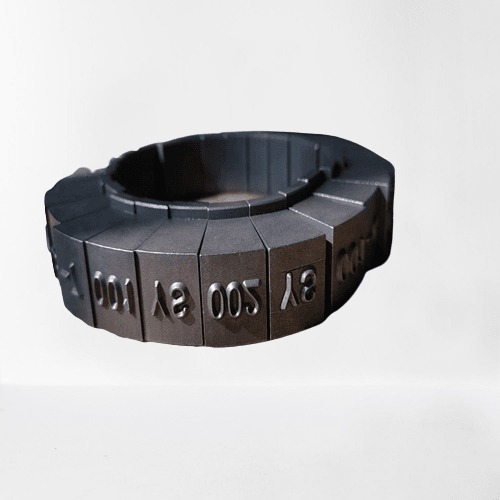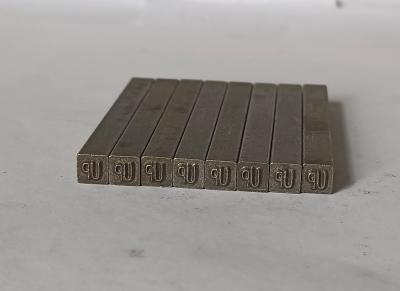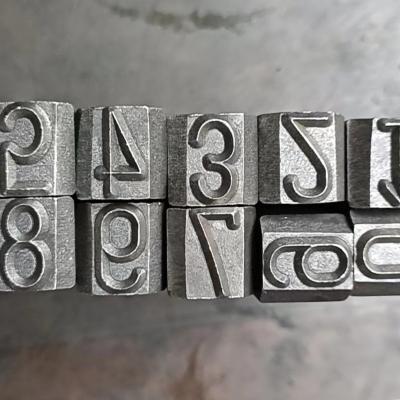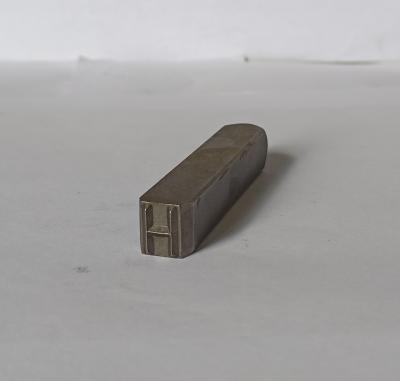Roll Dies
A rolling die is a tool used in metal processing, usually consisting of two or more rollers, which can plastically deform metal sheets, pipes, etc. Compared with other metal processing methods, rolling die has the following advantages:
High production efficiency: the use of rolling dies can complete a large number of metal processing tasks in a short period of time, and the production efficiency is high.
Low cost: The equipment required for rolling die processing technology is relatively simple and low in cost, which reduces the investment cost of enterprises.
The same product can be processed repeatedly: the rolling mold can ensure that the size and quality of the product processed each time are the same, and the same product can be processed repeatedly, and its stable quality can be maintained.
High processing precision: The roller will continuously press and stretch the metal during processing, so that the surface of the metal is smoother and the shape is more accurate.
It can handle metal materials of various shapes: the rolling mold can be applied to metal materials of various shapes, such as flat plates, square tubes, round tubes, etc., and can be used to enhance the rigidity and hardness of materials.
No shearing force: Compared with traditional metal processing methods, rolling die processing does not generate shearing force, thus greatly avoiding problems such as cracks and burrs generated by metal, making the processing effect more ideal.
A rolling die is a tool used in metal processing, which usually consists of two or more rollers, which can plastically deform metal sheets, pipes, etc. Roll die processing technology is widely used in various industries, such as automotive, aviation, construction and other fields.
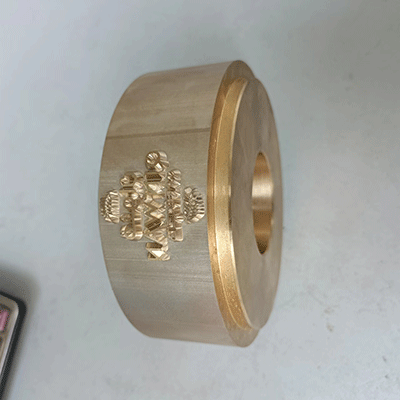
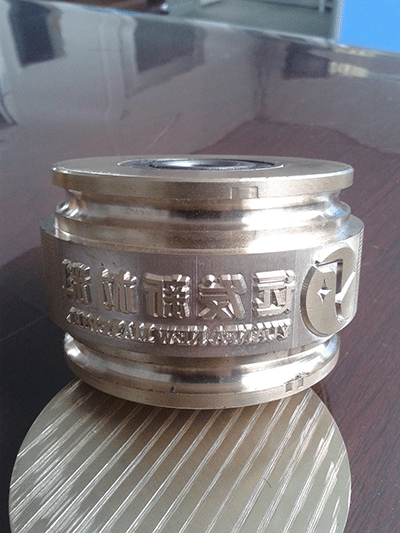
The working principle of the rolling mold is to plastically deform the metal material through the roller, so that it can change its shape and size. During rolling die processing, the metal material is conveyed between the rollers, and is continuously pressed and stretched by the rollers. During this process, the metal material will gradually deform and finally reach the required shape and size. Parts with high precision and high surface quality can be obtained by using rolling die processing technology, and parts of the same specification can be mass-produced.
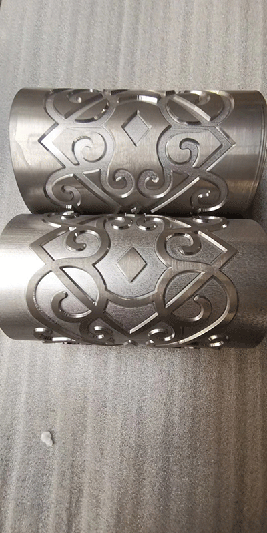
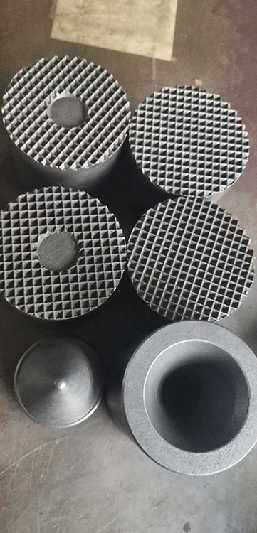
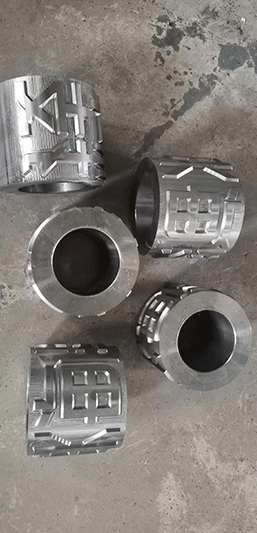
Advantages of roll molding include:
High production efficiency: the use of rolling dies can complete a large number of metal processing tasks in a short period of time, and the production efficiency is high.
Low cost: The equipment required for rolling die processing technology is relatively simple and low in cost, which reduces the investment cost of enterprises.
The same product can be processed repeatedly: the rolling mold can ensure that the size and quality of the product processed each time are the same, and the same product can be processed repeatedly, and its stable quality can be maintained.
High processing precision: The roller will continuously press and stretch the metal during processing, so that the surface of the metal is smoother and the shape is more accurate.
